The Great Ocean Road is one of Australia’s most beautiful drives, with cliffs, rainforest and ocean views. Whether you’re heading to the Twelve Apostles, exploring seaside towns or getting outdoors, the timing makes a big difference. Booking a Great Ocean Road tour is the best way to see all the highlights without missing any of the must-sees. This iconic route has a mix of coastal drives, inland routes and views of the rugged coast and limestone cliffs.
Best Time to Travel
Spring (September – November): Nature Lovers
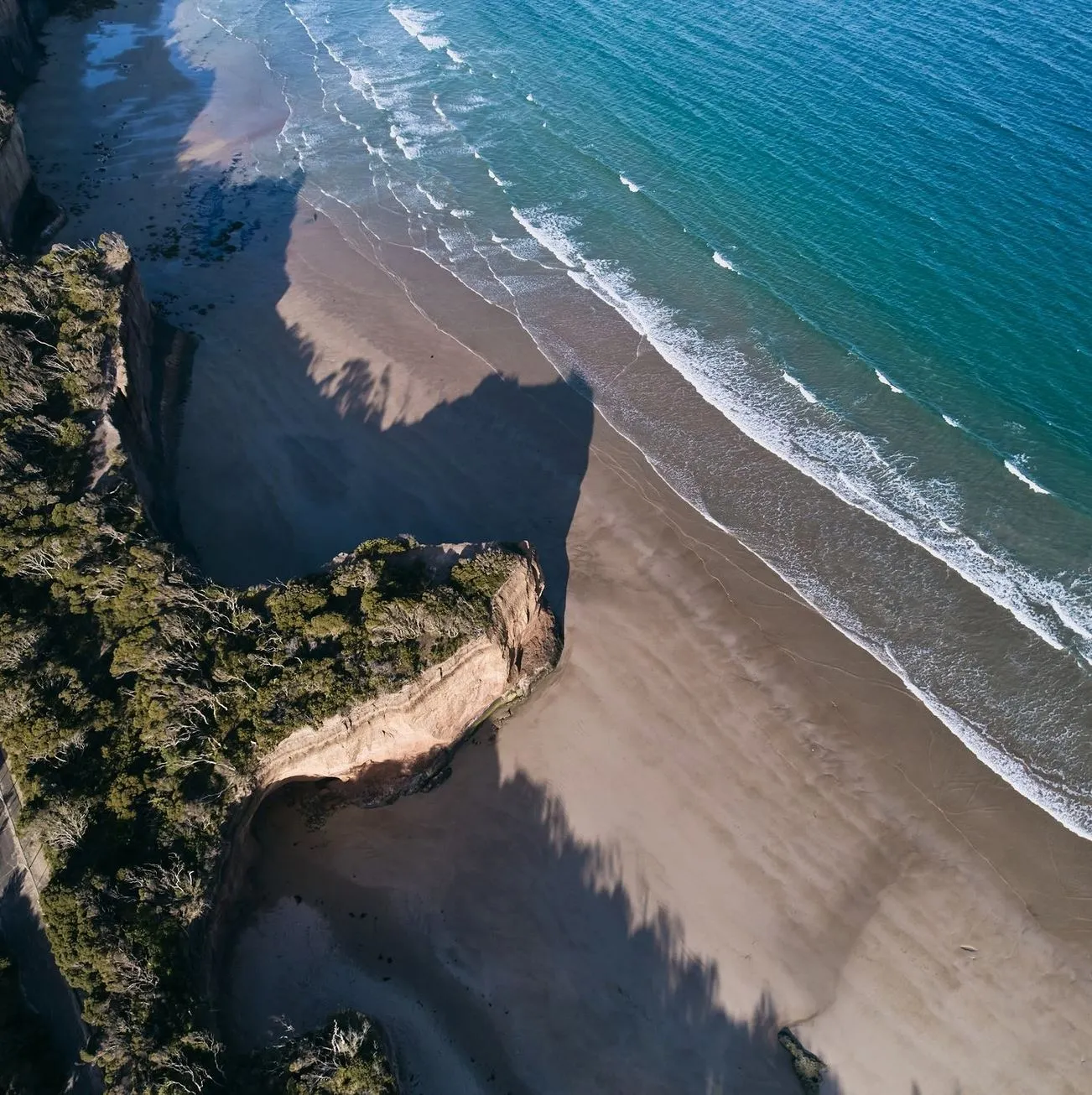
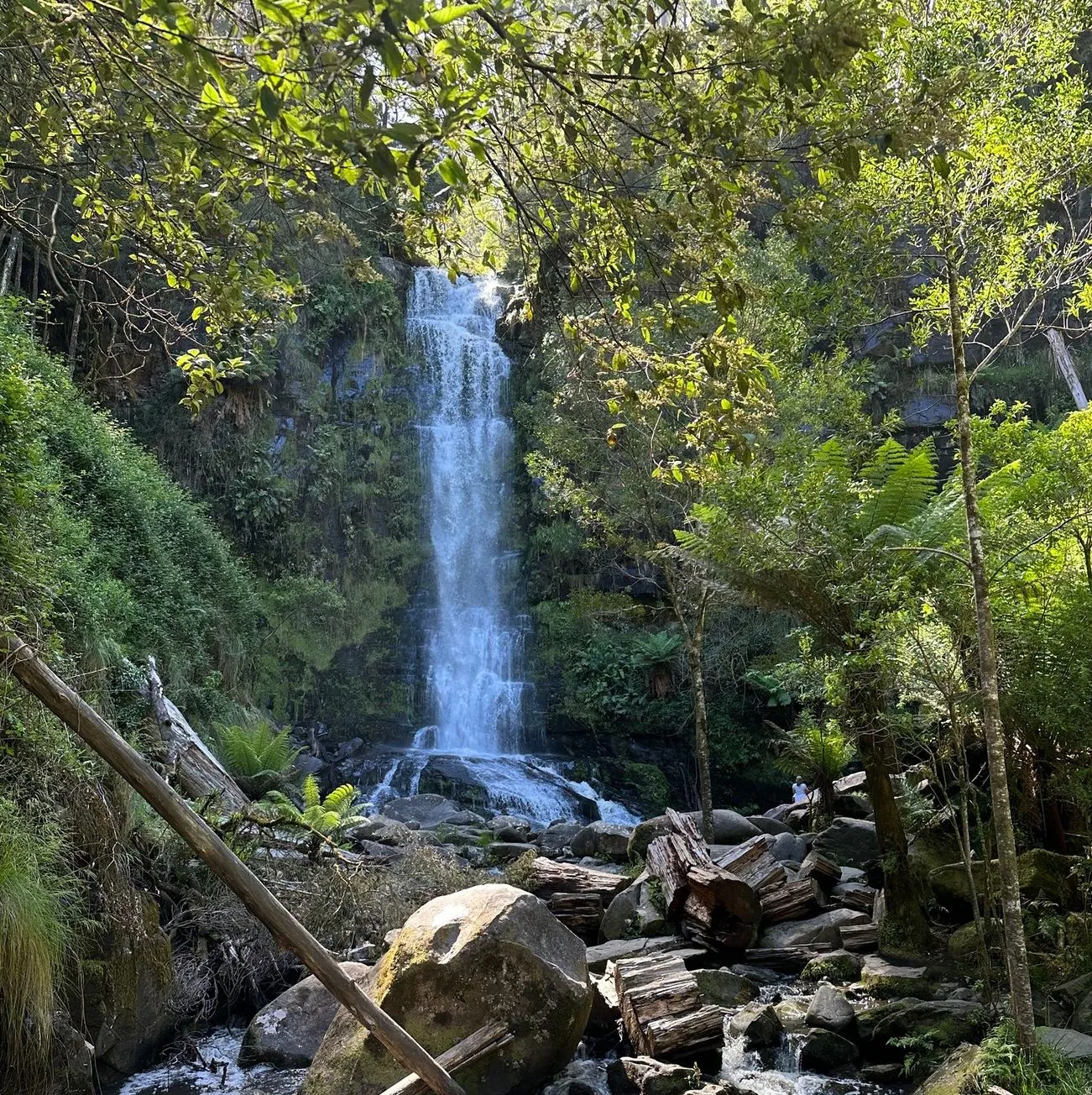
Spring is the best time to visit the Great Ocean Road if you love wildflowers, mild weather and fewer crowds. The countryside is in bloom and waterfalls are flowing at their best after winter rains. Temperatures are between 10°C to 20°C (50°F – 68°F) perfect for hiking, exploring the rainforest and looking out at scenic views. Many Great Ocean Road tours operate during this time and take you through the rock formations, ancient trees and natural beauty of the area.
The temperate rainforest in the Great Otway National Park is especially lovely in spring with leafy vegetation, mossy trees and ferny gullies. A coastal drive in this season means you can enjoy the coastline and scenic views without the heat of summer or the rain of winter.
Summer (December – February): Beach Lovers
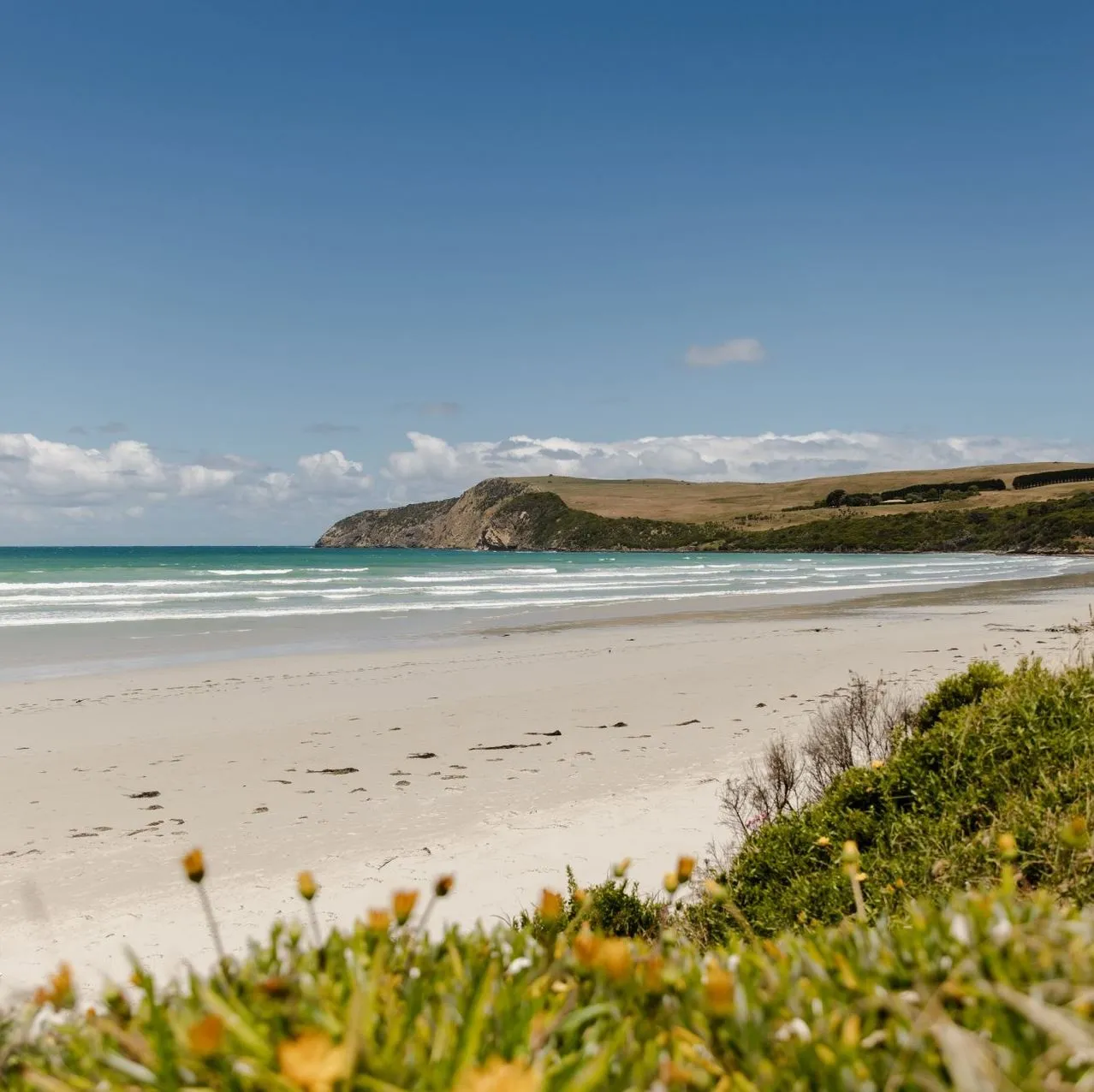
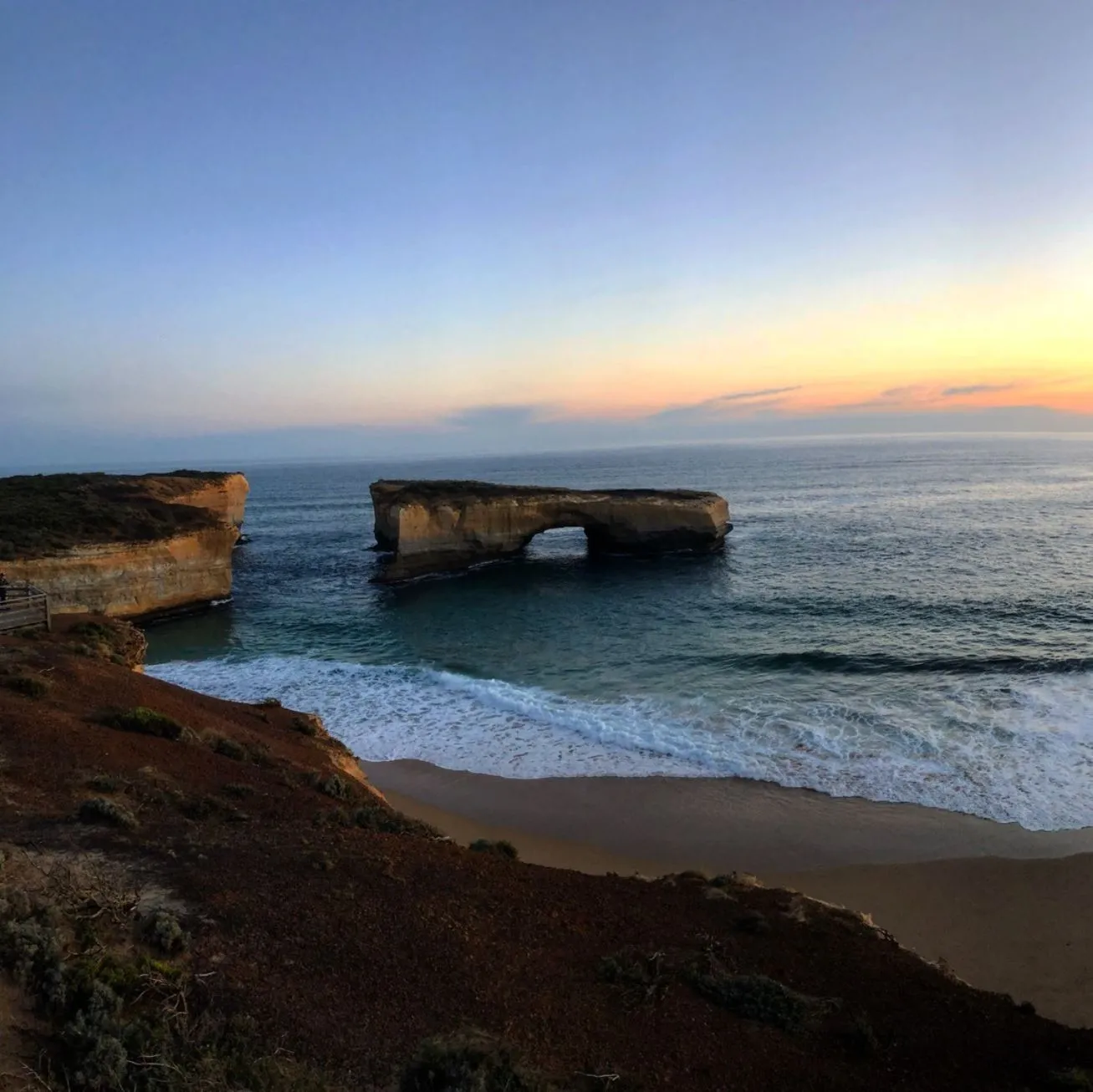
If you want to sunbathe, swim and visit lively seaside towns, summer is the best time for you. With temperatures between 16°C to 30°C (61°F – 86°F) the beaches along the coastal road are at their best. However this is the busiest time of the year so expect larger crowds and higher accommodation prices. Booking in advance is essential especially during the summer holidays and peak summer. It is a busy coastal drive with plenty of reasons to stop and take in the scenic views, postcard-perfect pictures and famous rock stacks.
To get the most out of your trip book a Great Ocean Road tour with guides and transport. The coastal cliffs and famous road come alive with tourists enjoying the beach vibes, ice cream and the freshest seafood along the road. A pre-planned day trip itinerary will save you time and make sure you see all the best stops.
Autumn (March–May): For a Quiet Time
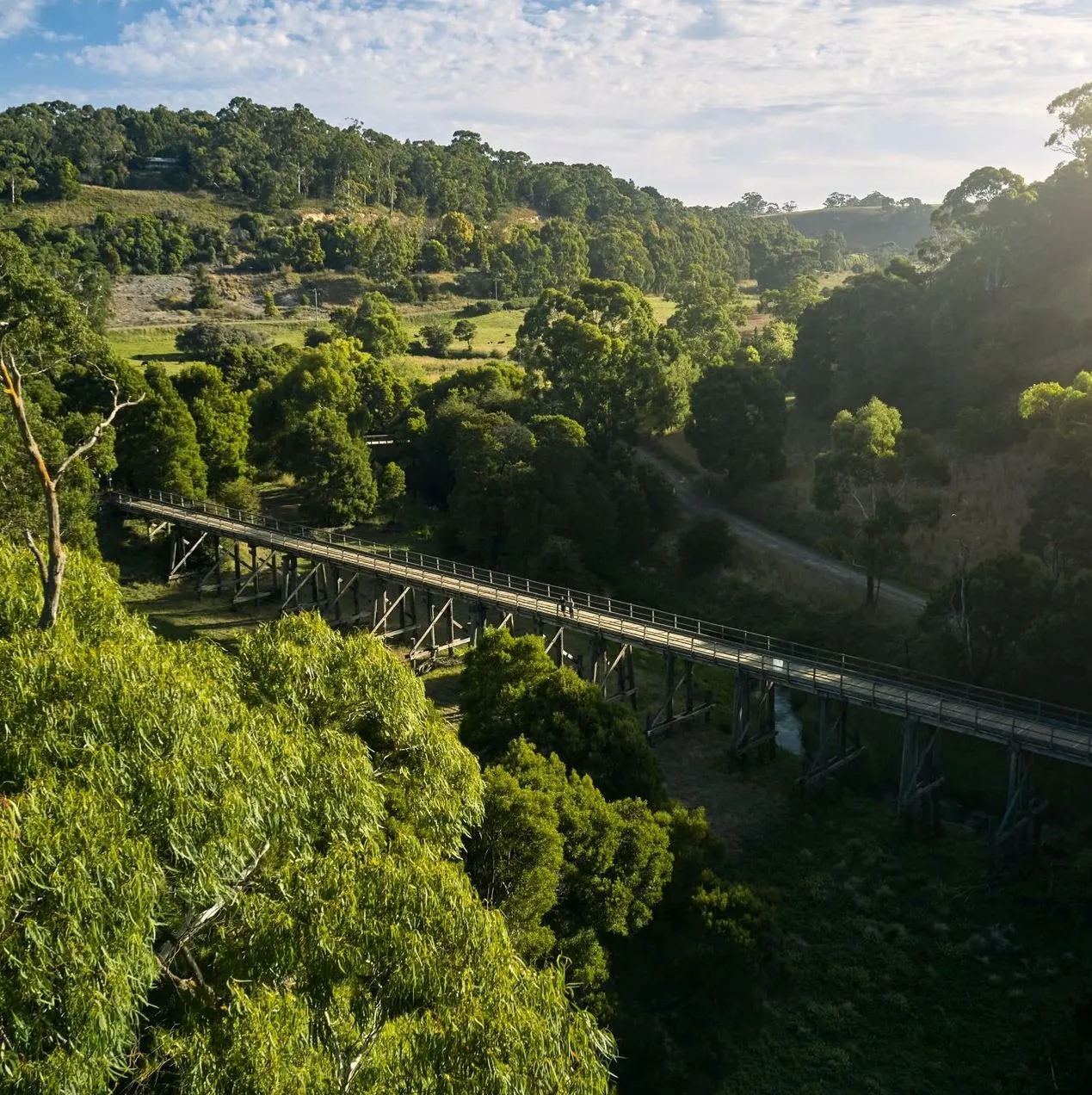
Autumn has pleasant temperatures (11°C to 25°C / 52°F – 77°F) and fewer tourists, so it’s perfect for those who want a quiet road trip. The ocean views are still amazing and it’s a great time for wildlife spotting, especially native wildlife in their natural habitat. You’ll also get better deals on accommodation and tours than in summer.
Don’t forget to take extra time to visit the rock formations, stops along the coastal route and coastal hikes through the temperate rainforests and ferny gullies. If you’re not sure about planning your own itinerary, a Great Ocean Road tour is a stress-free way to see the sights.
Autumn is also a great time for mountain biking as the weather is cooler and the rainforest floor is firm and lush. Many visitors also take day trips to visit scenic stops and iconic landmarks like the limestone stacks that stand tall against the waves.
Winter (June – August): For Dramatic Scenery and Whale Watching
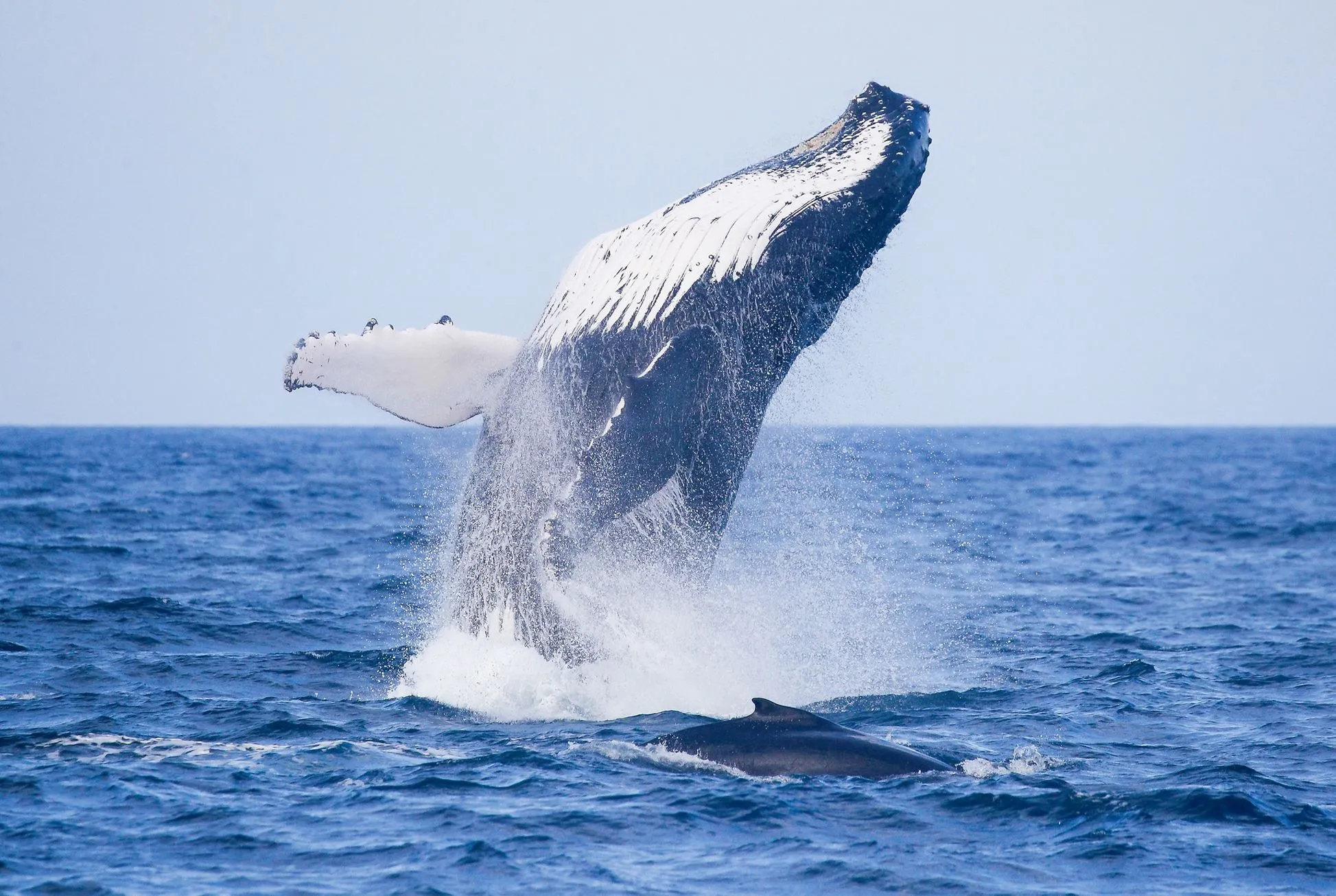
Winter might not be the first season that comes to mind for a Great Ocean Road tour but it’s a unique experience. The cooler weather (8°C to 15°C / 46°F – 59°F) means you’ll see powerful waves crashing against the limestone cliffs, moody skies and the best chance to see Southern Right Whales migrating along the coast. Plus fewer crowds mean a more peaceful time at the popular attractions.
The big winter swells make this a great time for surfers. If you love views of dramatic coastal cliffs, beautiful waterfalls and ancient trees covered in moss, winter is the time for you. A Great Ocean Road tour in winter will take you to the best whale-watching spots and scenic views while keeping you warm and dry.
Check the weather forecast before you head out as heavy rain can affect the road conditions. But if you plan ahead you can do day trips and discover secret spots that are less crowded in winter.
When to Visit
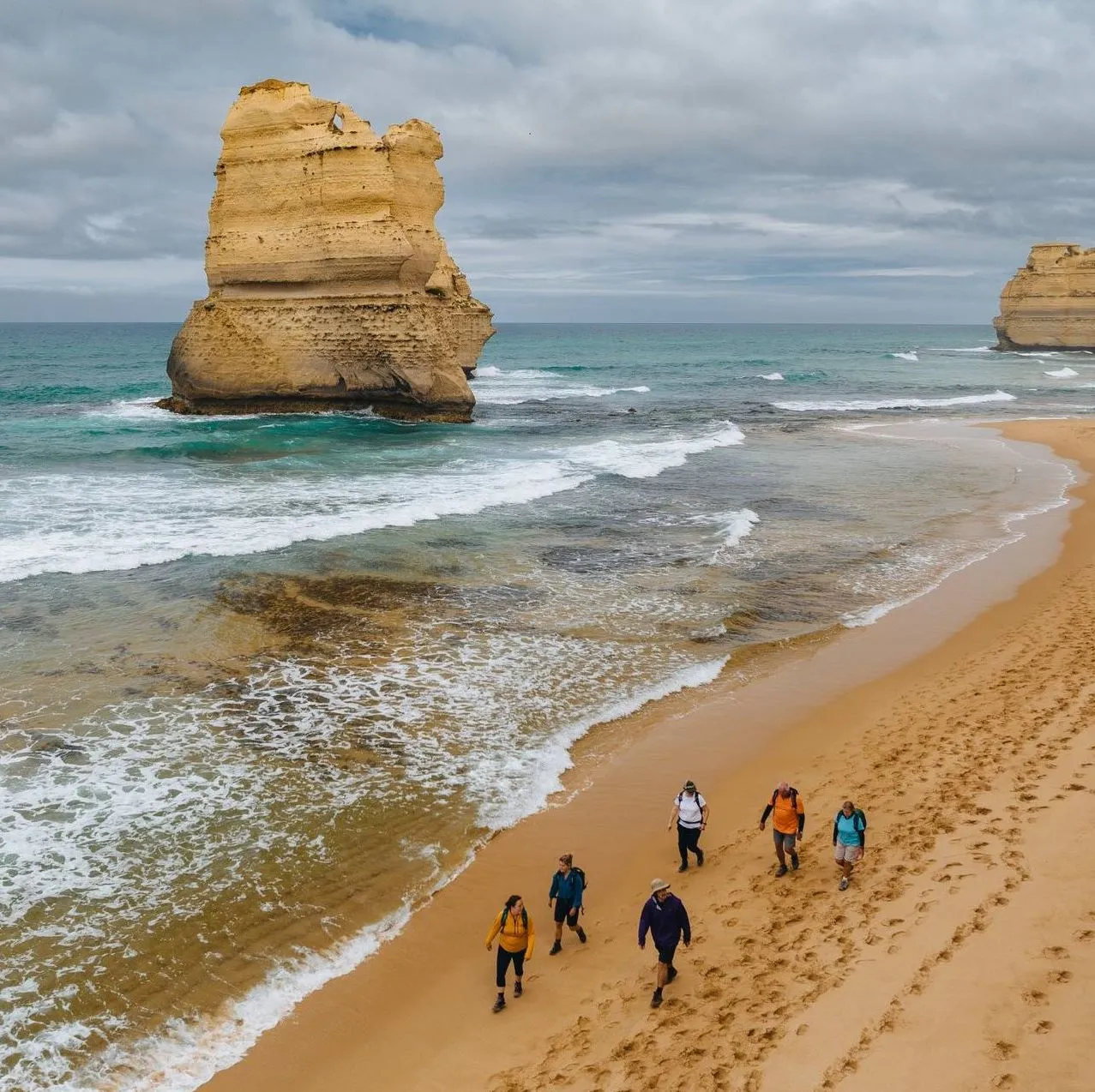
It depends on what you want from your trip:
- Best weather and scenery: Spring or autumn
- Beach activities and cool beach vibes: Summer
- Quiet time, secret spots and coastal hikes: Autumn or winter
Whatever the time of year the Great Ocean Road is an adventure, relaxation and natural beauty. Check the weather forecast and plan a day trip in advance!
A Great Ocean Road tour is a fantastic way to explore this incredible coastline, ensuring you don’t miss any gorgeous spots. Happy travels!
FAQ
Is the Great Ocean Road a hard drive?
It’s got some windy bits but it’s well maintained and suitable for most cars.
How many days do you need for the Great Ocean Road?
Two to three days is ideal to see everything. If you have time to spare stop at the amazing views and rad surf shops along the way.
What is the must-see?
Some of the best bits are the Twelve Apostles, Loch Ard Gorge, London Arch and Great Otway National Park. Don’t forget to stop at the coastal views for the rock formations.
Can you camp along the Great Ocean Road?
Yes! There are heaps of camping sites and caravan parks along the way.
Is the Great Ocean Road safe in winter?
Yes, but be aware of wet roads, more rain and fog.